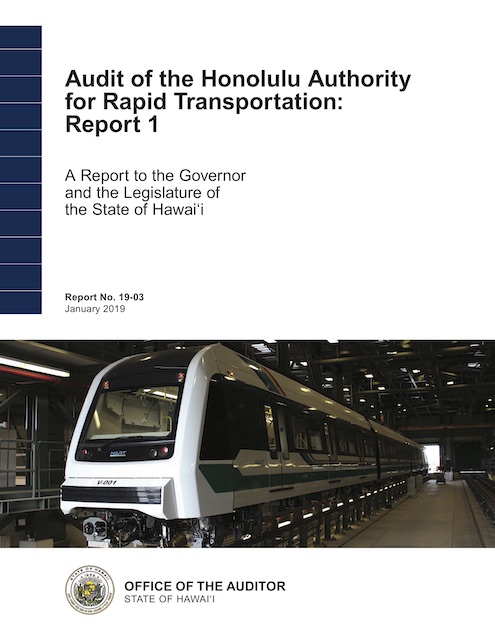A couple of days ago, the Antiplanner noted that cities fail to learn from each other’s experience with rail transit disasters. It turns out that states don’t learn either, as the state of Washington is considering creating a high-speed rail authority and giving it millions of dollars to study a high-speed rail line from Eugene to Vancouver, BC.
Of course, such an authority worked so well in California, where costs have more than doubled, the project has been delayed for years verging on decades, and proponents’ claims that fares would cover operating costs are so unlikely as to be laughable. If it doesn’t work in California, which has the densest urban areas in the United States, how can it possibly make sense in the Pacific Northwest, where populations and densities are much lower?
The article is accompanied by a photo of a Siemens prototype high-speed rail car. My 66-year-old eyes can’t read all of the writing on the side, but if Siemens were honest it would read, “Connecting cities at half the speed and ten times the cost of flying.” Continue reading








